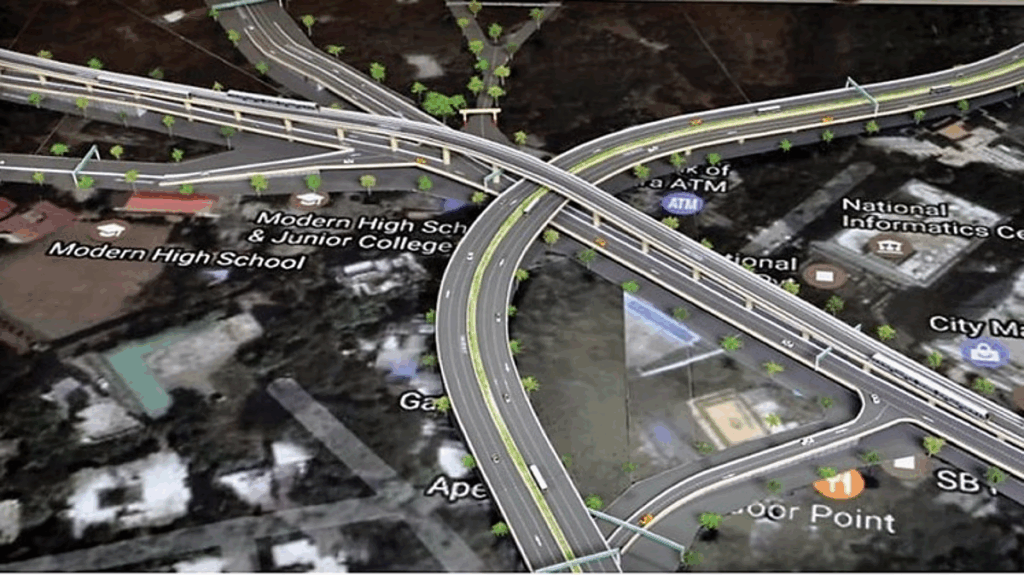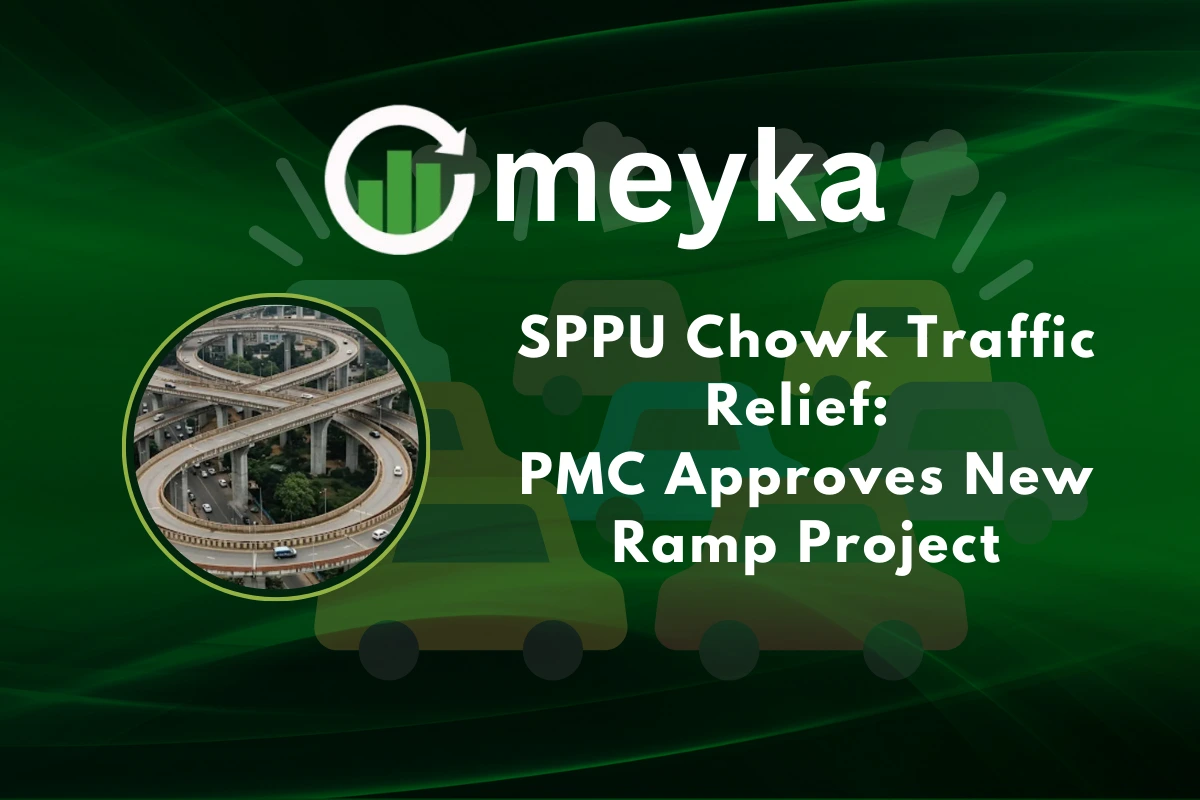SPPU Chowk Traffic Relief: PMC Approves New Ramp Project
Traffic is one of Pune’s biggest problems today. According to transport studies, Pune adds thousands of vehicles to its roads every month. SPPU Chowk, near the Savitribai Phule Pune University, has become one of the busiest junctions. It connects key areas like Aundh, Baner, Pashan, and Shivajinagar. Every day, students, office workers, and locals spend long minutes stuck at signals. We all know how frustrating it feels to lose time in traffic.
To solve this, the Pune Municipal Corporation (PMC) has approved a new ramp project at SPPU Chowk. This decision is big because it promises to reduce jams in one of the city’s worst choke points. The project is part of the larger plan to improve mobility in Pune. If done well, it will save fuel, cut travel time, and make daily commutes smoother.
We all want faster, safer, and less stressful travel. This ramp may not solve all traffic problems, but it is a step in the right direction. Now, the question is how quickly and effectively can PMC deliver on this promise?
Background of SPPU Chowk Traffic Issue
SPPU Chowk sits on a busy route near Savitribai Phule Pune University. It links Ganeshkhind Road, Senapati Bapat Road, and routes toward Aundh, Baner, and Pashan. Daily traffic includes buses, cars, two-wheelers, and many students. Rapid growth in vehicles has stressed the junction.

Recent infrastructure such as the double-decker flyover eased some flows. Still, the junction sees heavy backups during peak hours. Long waits at signals hurt commuters and local shops. Pedestrian safety is also a major worry, with activists calling for better footpaths and crossings. The persistent bottleneck made a new link unavoidable for planners and civic authorities.
PMC’s New Ramp Project: Key Details
PMC’s standing committee has approved a two-lane connecting ramp and grade separator at SPPU Chowk. The ramp will link the existing flyover to the grade separator on Senapati Bapat Road. The project is intended to bypass the signal-dense stretch. Officials estimate the cost at around ₹48.28 crore. The plan includes road widening where needed and tie-ins to the current flyover ramps. Project management will be handled by PMC’s project department. A construction timeline and contractor shortlist will follow formal tendering. Early site work is likely once clearances and barricading are in place.
Expected Benefits of the Ramp

The ramp should cut the need for many vehicles to cross the signalized junction. Traffic heading toward Aundh, Baner and Pashan will get a direct path. Travel times could fall sharply during peak hours. Reduced idling will lower fuel use and emissions near the chowk. Local buses and autos may keep more reliable schedules. Pedestrian crowding at crossings is expected to ease as vehicular flow stabilizes. The ramp also adds continuity to the flyover network already working in the area. Overall, commuters stand to gain time and predictability.
Challenges and Concerns
Construction in a dense urban spot poses real challenges. Land acquisition and utility shifting could slow progress. Monsoon months may disrupt schedules and cause cost rises. Local businesses and colleges could face noise and access hurdles during work. Traffic diversions will be required, creating temporary inconvenience. Urban planners caution that ramps solve specific pinch points but do not replace integrated public transport upgrades. Effective project supervision will be needed to avoid delays and budget overruns.
Public and Expert Reactions
Civic officials welcomed the sanction as a pragmatic fix. Traffic engineers called the ramp a necessary short-term relief. Some urbanists urged simultaneous investments in pedestrian infrastructure and bus priority routes. Students and daily commuters expressed cautious optimism. Business owners asked for clear timelines and staging plans to protect shop access. Road-safety groups asked PMC to include safe crossings and clear signage in the project design. The tone from stakeholders mixes hope with calls for accountability.
Comparison with Other Infrastructure Projects in Pune
Pune has recently seen several major works near this corridor. The double-decker flyover at SPPU Chowk opened its first arm in August. Past projects show that phased openings help immediate flow. However, earlier road works also exposed gaps in coordination and land clearances. Lessons from those projects include stricter timelines, better public communication, and dedicated utility plans. The new ramp aligns with the city’s push to knit flyovers, grade separators, and arterial roads into a coherent network.
Long-Term Urban Mobility Solutions
Short-term fixes like ramps need backing from long-term measures. Expanded bus services and dedicated lanes would reduce private vehicle demand. Metro and BRT plans must be synchronized with road upgrades. Safe footpaths and cycle tracks will protect pedestrians and promote non-motorized travel. Road design should prioritize seamless transfers between modes. Only a mix of road links and public transport investments can sustain congestion relief over time.
Wrap Up
The sanctioned ramp is a targeted move to ease a known choke point. If executed well, it will speed commutes and lower emissions at SPPU Chowk. Success depends on timely land clearances, strong project oversight and clear traffic management during construction. Lasting decongestion will still require wider shifts toward public transport and better pedestrian design. The ramp is a needed tool, but not the entire solution.
Disclaimer:
The above information is based on current market data, which is subject to change, and does not constitute financial advice. Always do your research.






